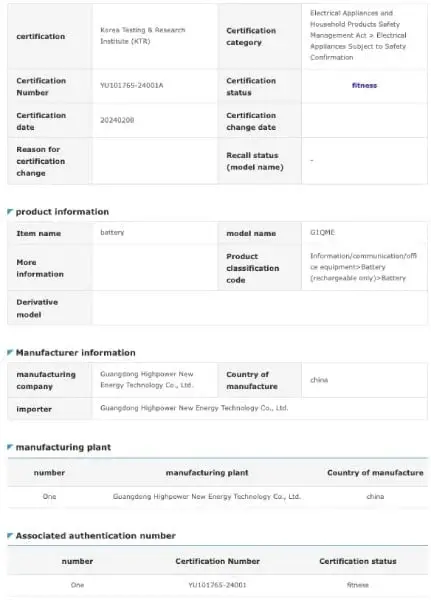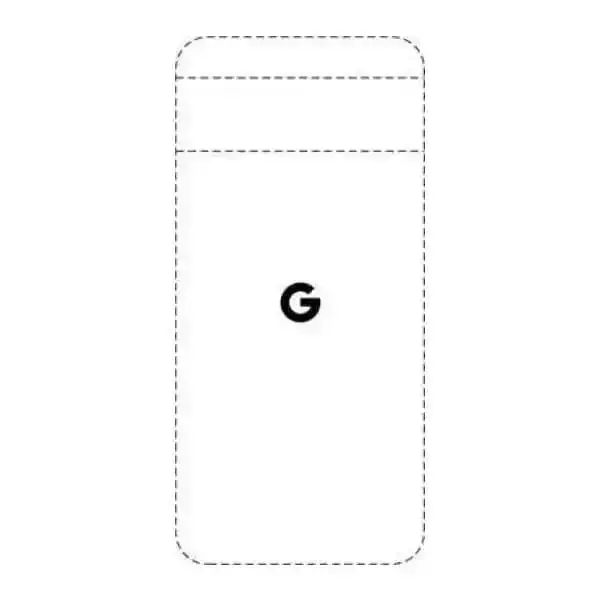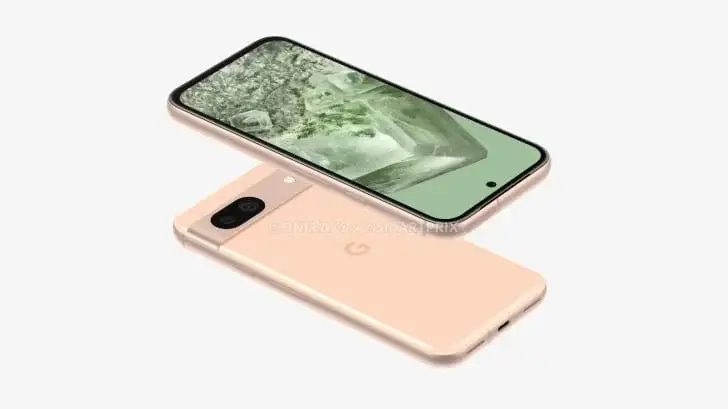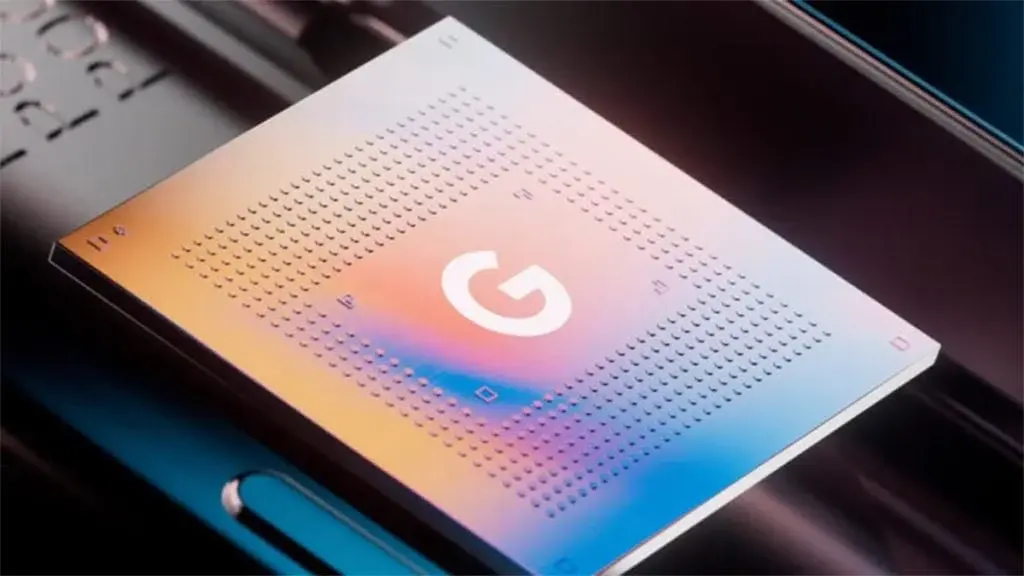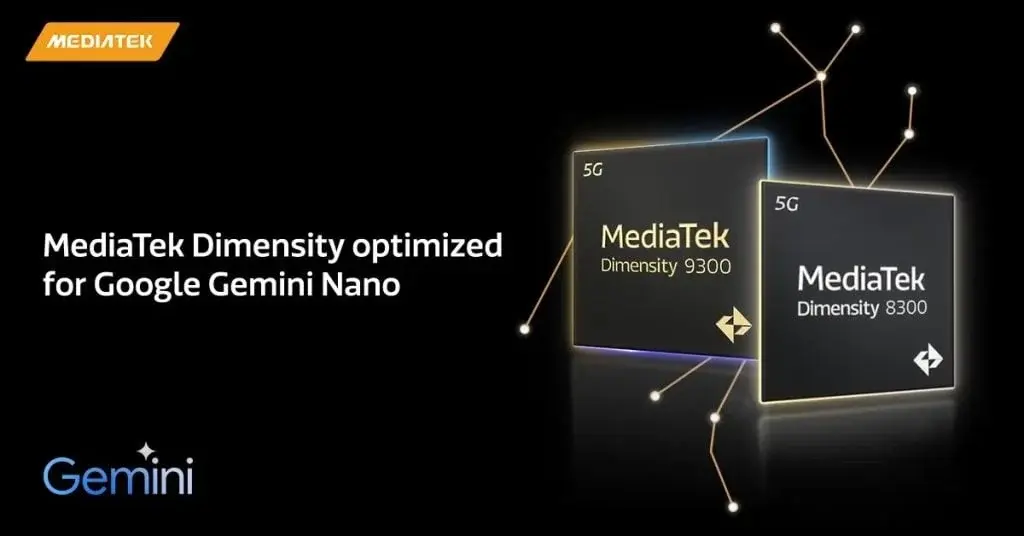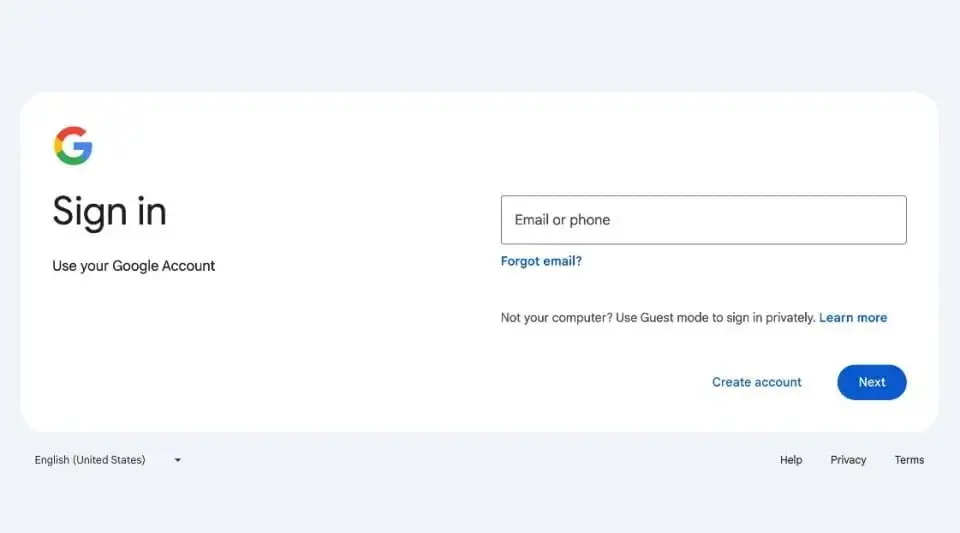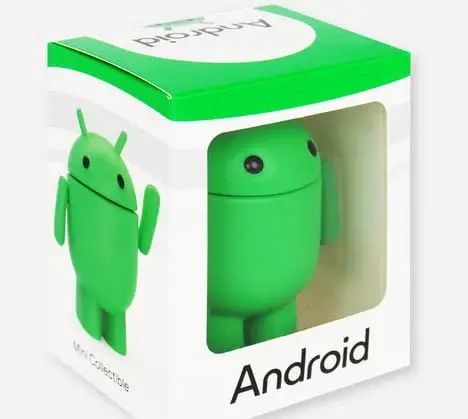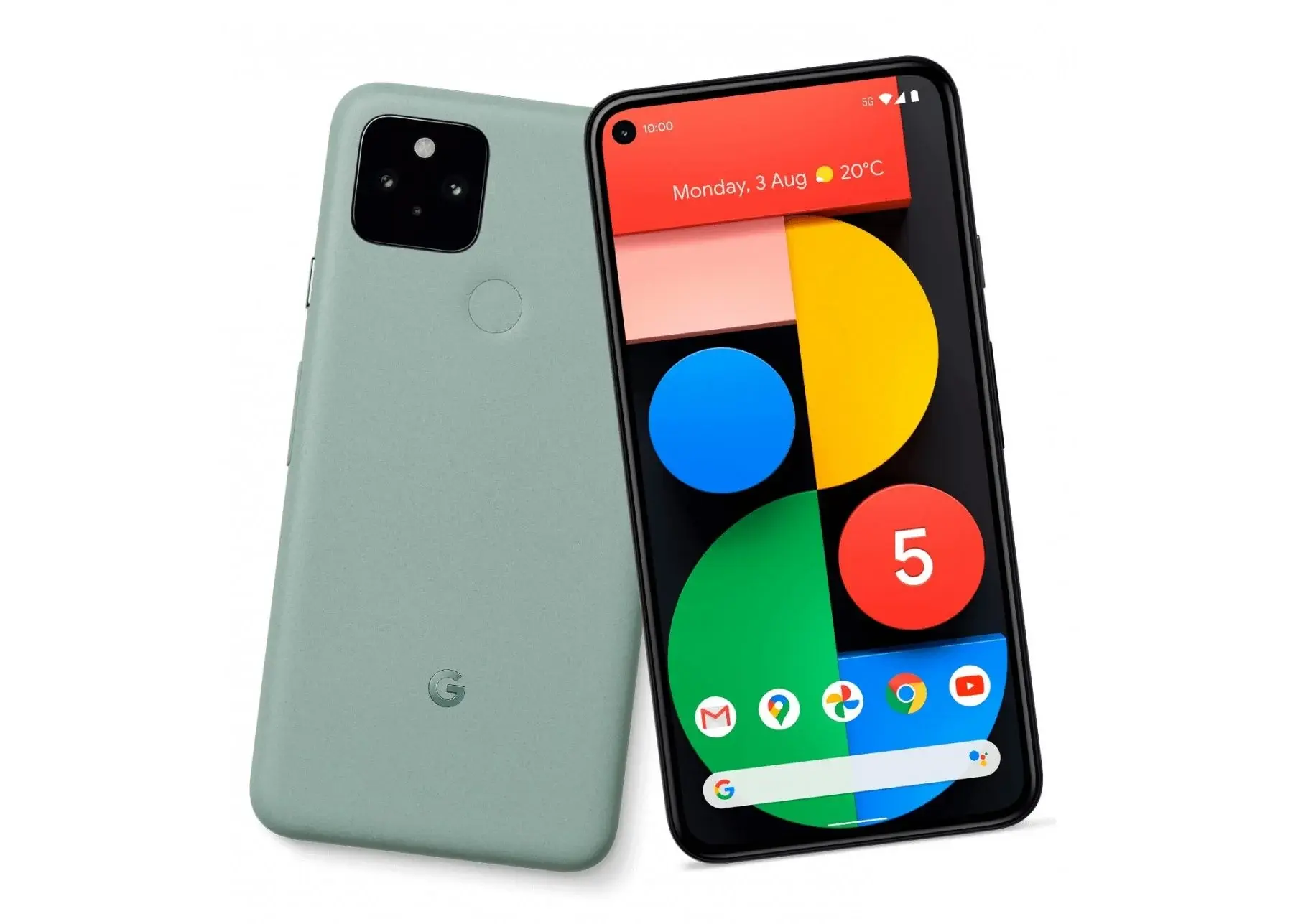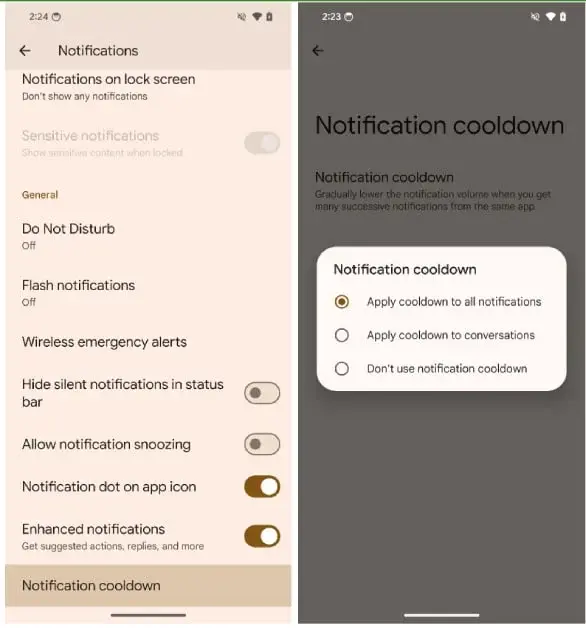Google is currently in the process of developing new Pixel devices, which may include the anticipated Pixel Watch 3 smartwatch. While there have been some leaks about the smartwatch, specific information about it remains limited. However, a recent certification has disclosed the battery capacity of the Pixel Watch 3.
Certification Reveals Battery Size
The Pixel Watch 3 was spotted in regulatory filings from Dekra and Safety Korea under the model number G1QME, which is believed to correspond to the Pixel Watch 3. According to these filings, the upcoming smartwatch is projected to come equipped with a 307mAh battery. This represents a slight increase of just 3mAh from the 304mAh battery seen in the Pixel Watch 2 and a moderate improvement from the 294mAh unit in the first-generation model.
Potential Features and Specifications
Rumors indicate that the Pixel Watch 3 may be offered in two size variations to address concerns about the small size of previous models. Google might introduce a larger 45mm version alongside the existing 41mm options to cater to users who prefer a larger watch face. Additionally, speculations suggest that the Pixel Watch 3 could be powered by Qualcomm’s Snapdragon W5 Plus Gen 1 SoC, promising enhanced performance and battery efficiency compared to earlier models. With optimizations for Wear OS, users could experience a more responsive interface and extended battery life.
Design and Developments
The Pixel Watch 3 is expected to maintain the circular watch face design that has been a trademark of Google’s wearable devices. While specifics about the design are not yet disclosed, subtle alterations are anticipated to set it apart from its predecessors. As more information about the Pixel Watch 3 continues to surface, we will ensure to keep you informed of any new updates.



